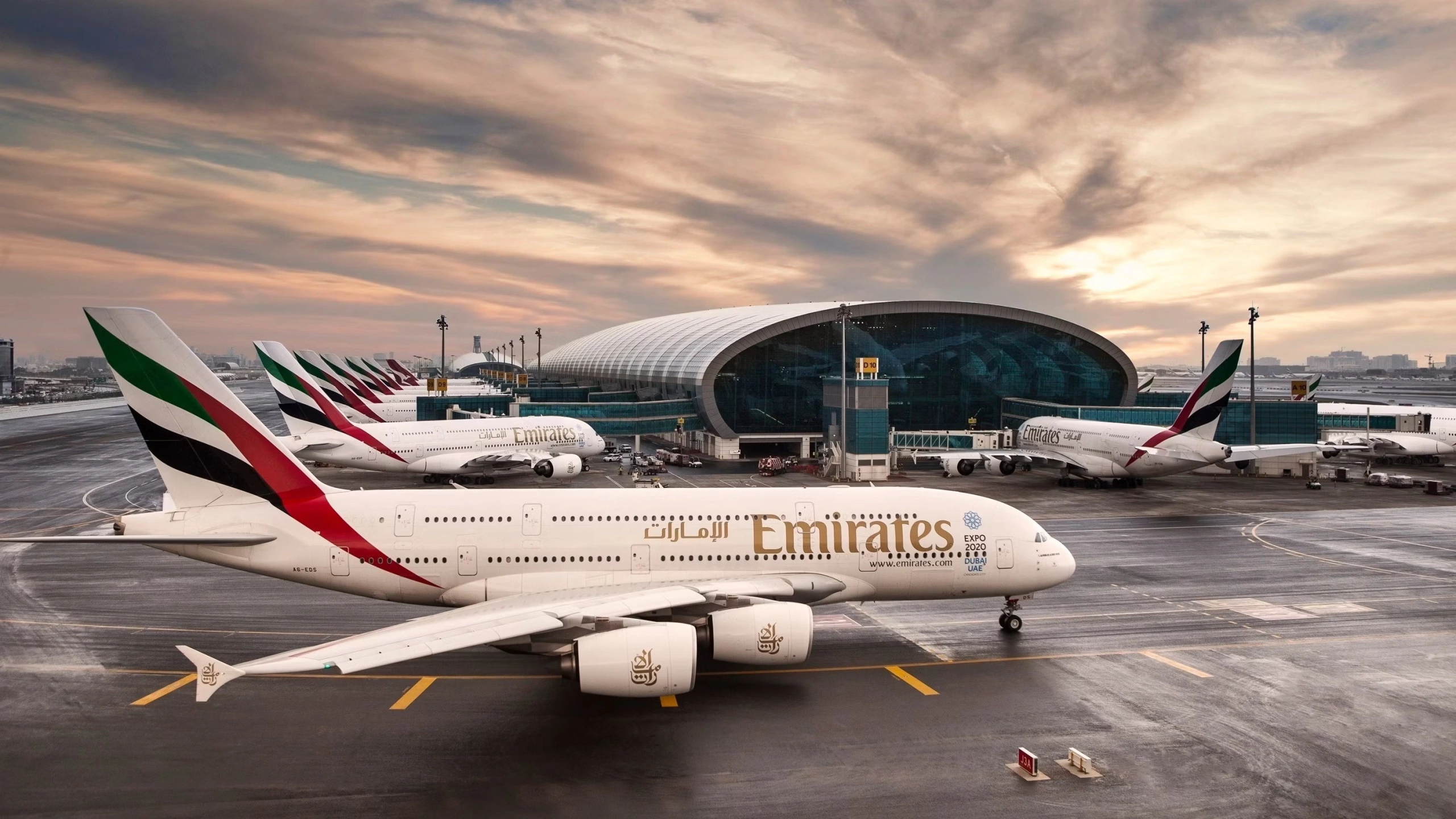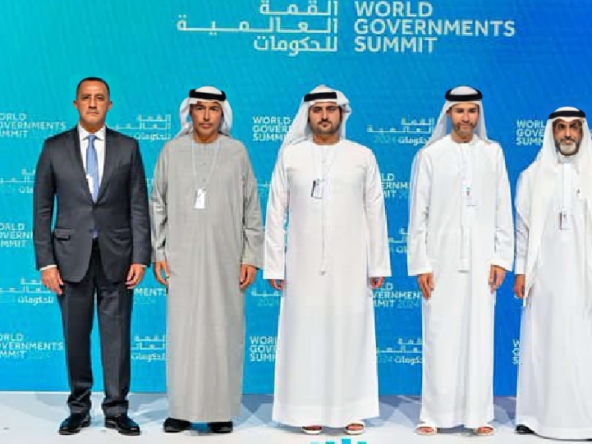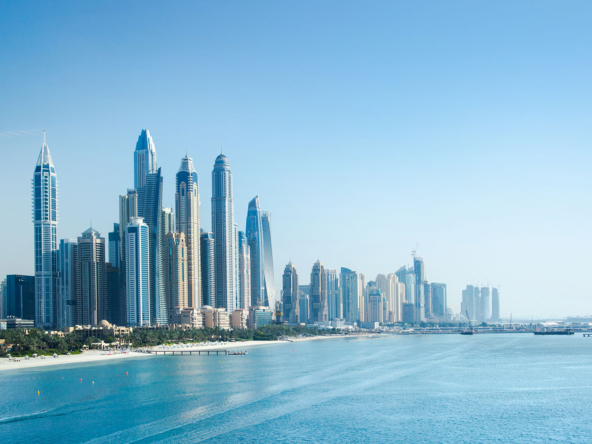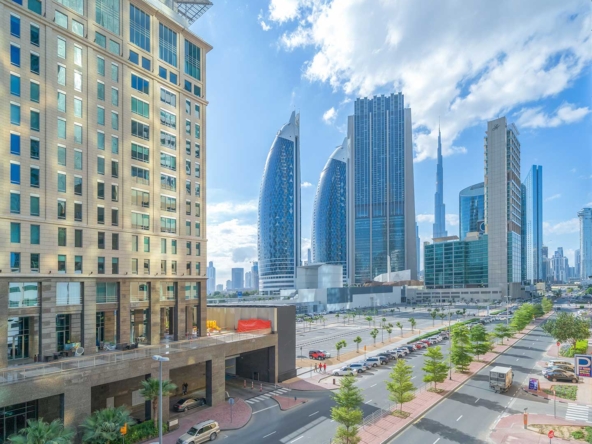Dubai International (DXB) operations may be transferred to Al Maktoum International (AMI) over the following few years. A new Dh128-billion passenger terminal at the AMI announced Sunday that it will scale up passenger capacity to 260 million yearly and “absolutely absorb” DXB’s operations in 10 years.
The announcement marks phase two of the airport’s expansion. DXB will resume serving as the preliminary hub, “meeting the needs of 100 million plus guests over the next few years as phase two of DWC takes shape”. The operator of both airports stated this in a report.
Dubai-based Emirates Airlines called the airport its “future home” as it shared photos of the AMI.
Once fully operational, the airport will be five times the size of DXB and span 70 square kilometers. It will include 5 similar runways and 5 passenger terminals boarding over 400 aircraft gates.
In November last year, a top official revealed plans to replace DXB—the world’s busiest airport—with a bigger one. Initial forecasts suggest that DXB’s traffic will surpass 88.8 million passengers in 2024.
“Al Maktoum International Airport will enjoy the world’s largest capacity, reaching up to 260 million passengers,” said Sheikh Mohammed bin Rashid, Vice-President and Prime Minister of UAE and Ruler of Dubai. “New aviation technologies will be employed for the first time in the aviation sector.“
The Dubai Ruler said that as the emirate builds an “entire city” around the airport in Dubai South, demand for housing for a million people will follow. “It will host the world’s leading logistics and air transport companies… Dubai will be the world’s airport, port, urban hub, and new global center.“
The first phase of the project is expected to be ready within 10 years and will have a capacity to accommodate 150 million passengers annually.
“Al Maktoum International will comprise five parallel runways with a quadruple independent operation, west and east processing terminals, four satellite concourses with over 400 aircraft contact stands, uninterrupted automated people mover system for passengers, and an integrated landside transport hub for roads, Metro, and city air transport,” said Sheikh Ahmed bin Saeed, Chairman of Dubai Aviation City Corporation, President of Dubai Civil Aviation Authority, and Chairman and CEO of Emirates Airline and Group.
It will “prepare the ground” for the anticipated growth in Dubai’s aviation sector over the next 40 years.
Read More: Dubai real estate: sales prices are up 44%, rents are up 64% as the secondary sales market steadies
Economic benefits
The executive chairman of Dubai Aviation City Corporation, Khalifa Al Zaffin, said the airport will develop a calculated workforce and residential essentials for over a million people living and working in Dubai South, “which has been under development and operation since 2007″.
AMI opened in 2010 for cargo operations, followed by passenger flights in 2013. It will contribute to mitigating environmental emissions.




